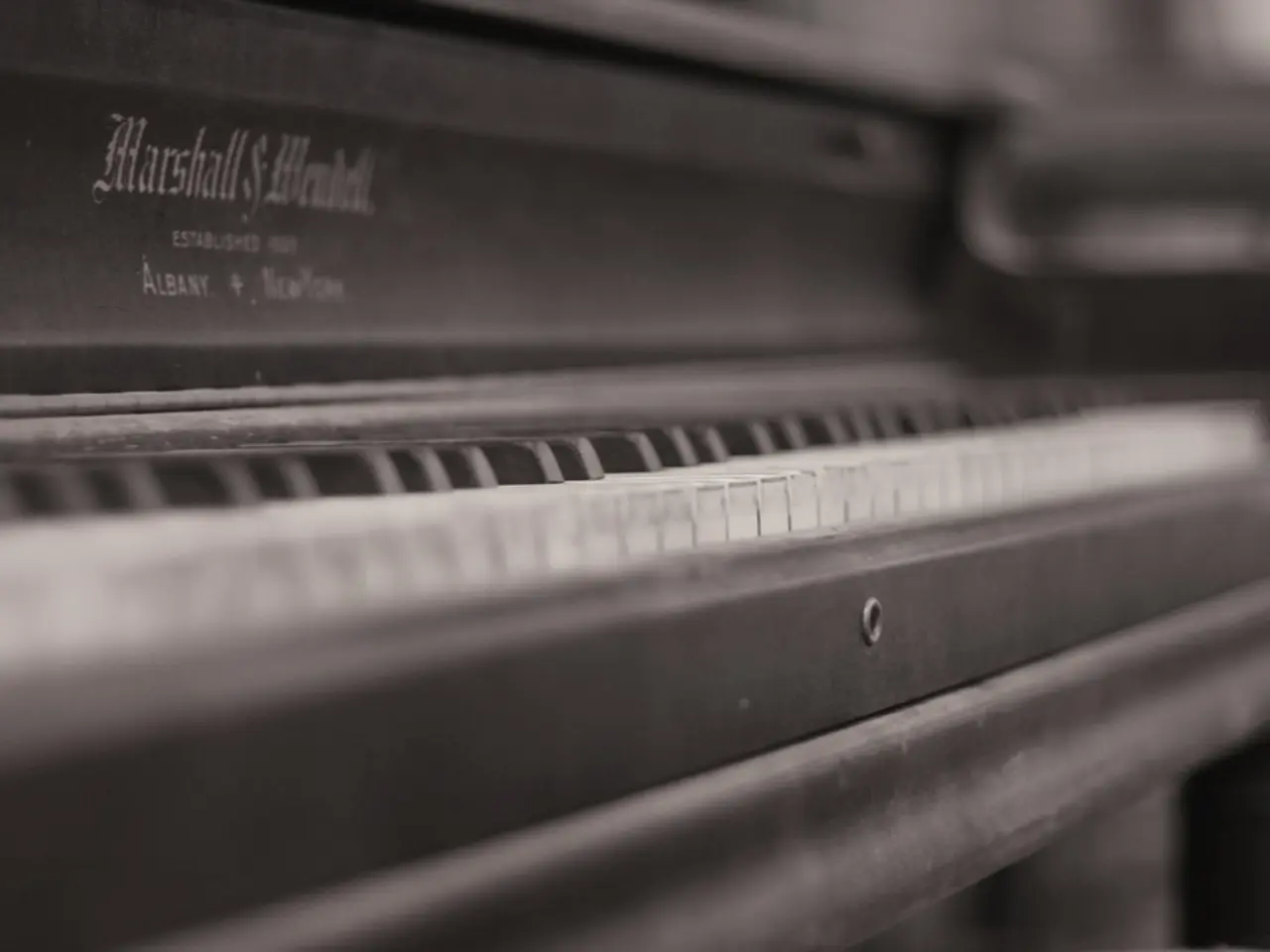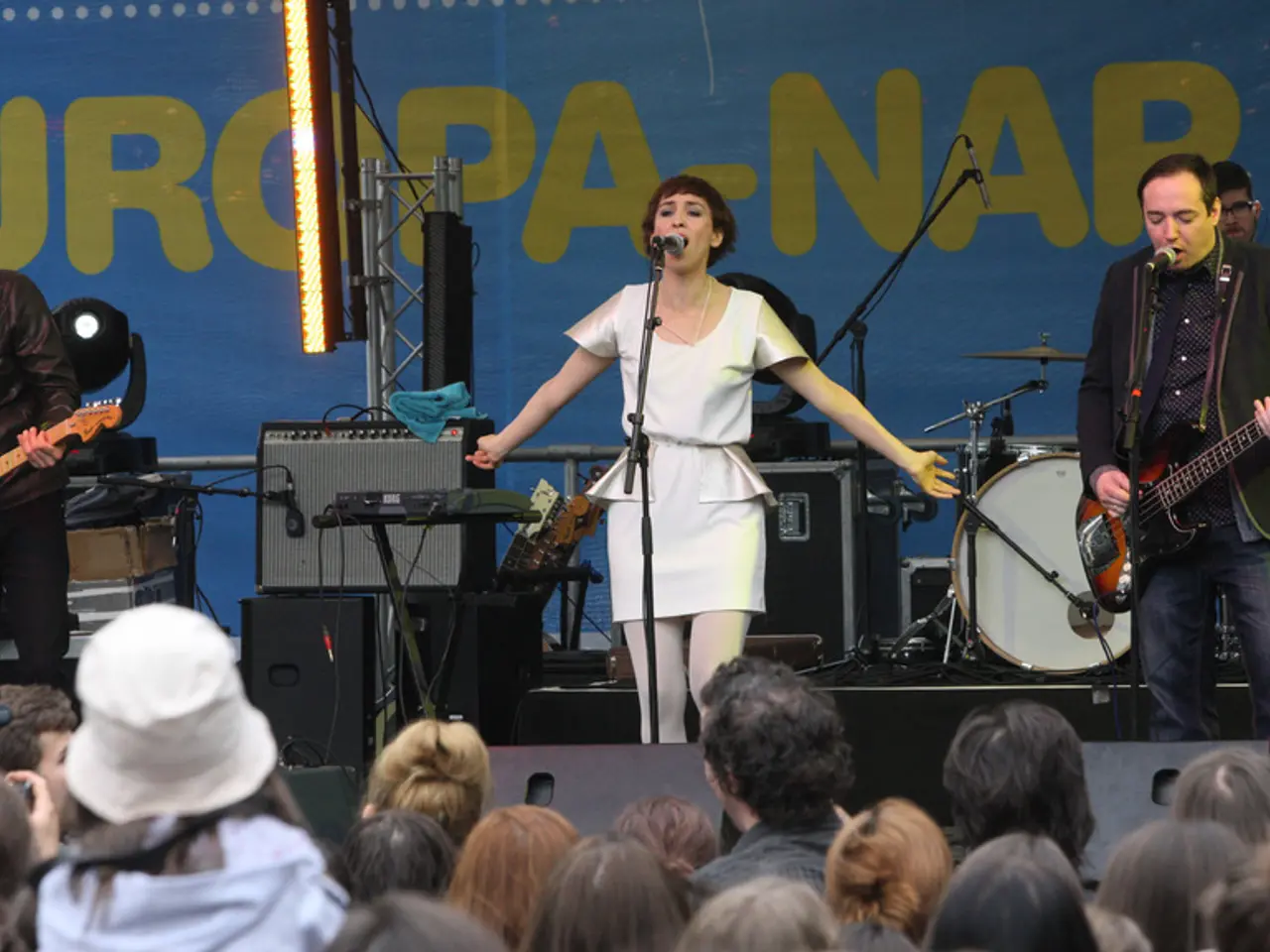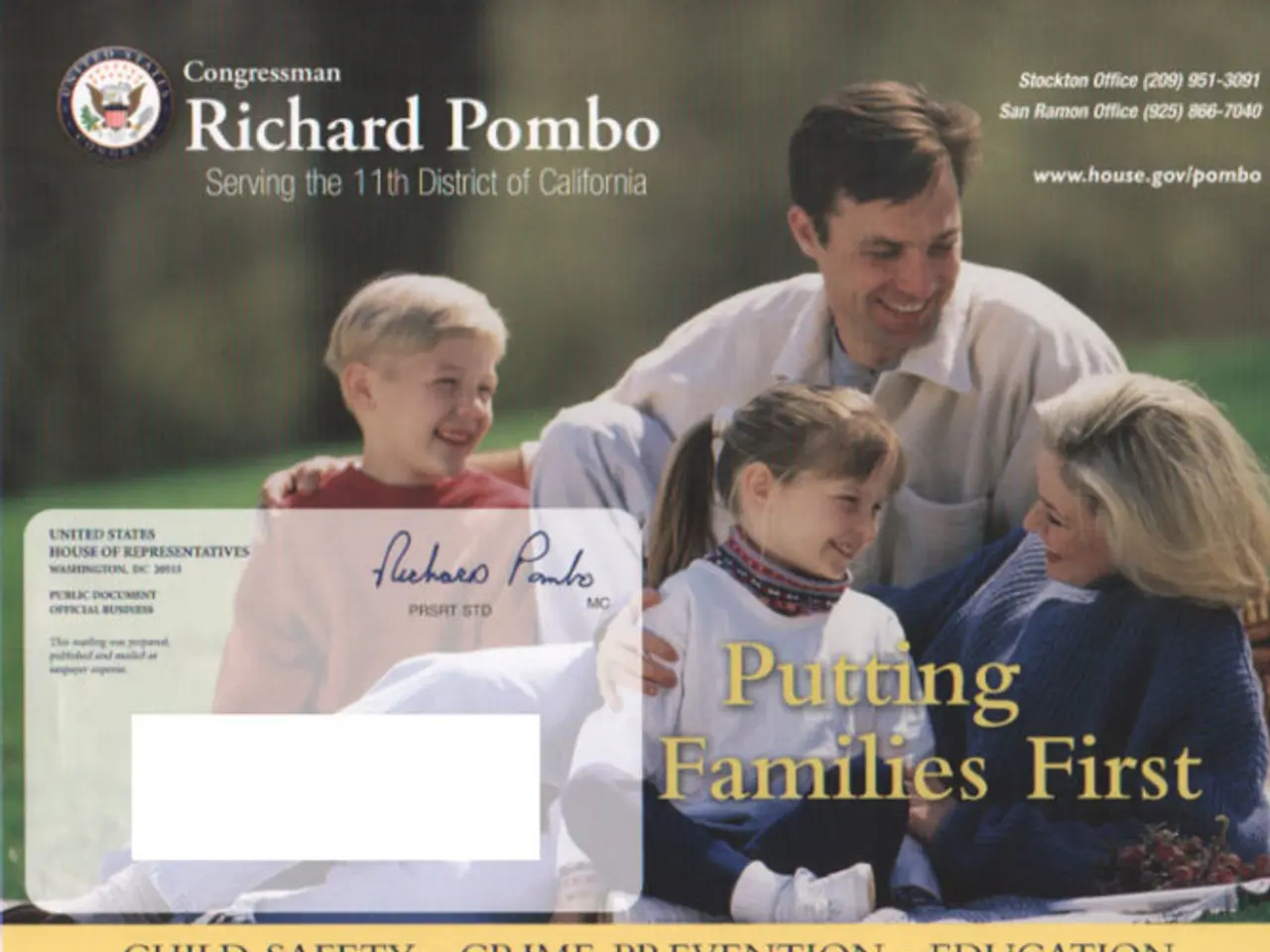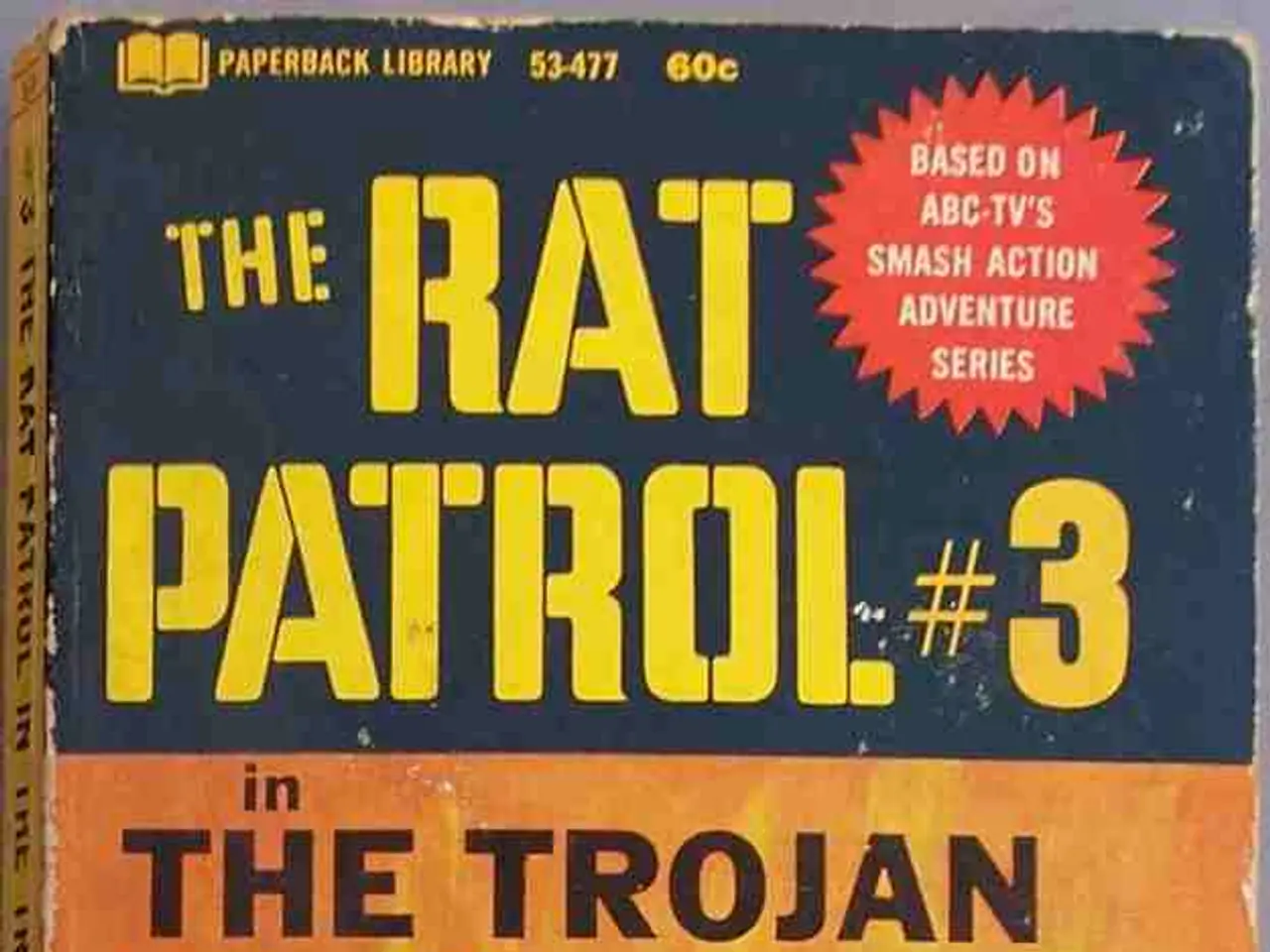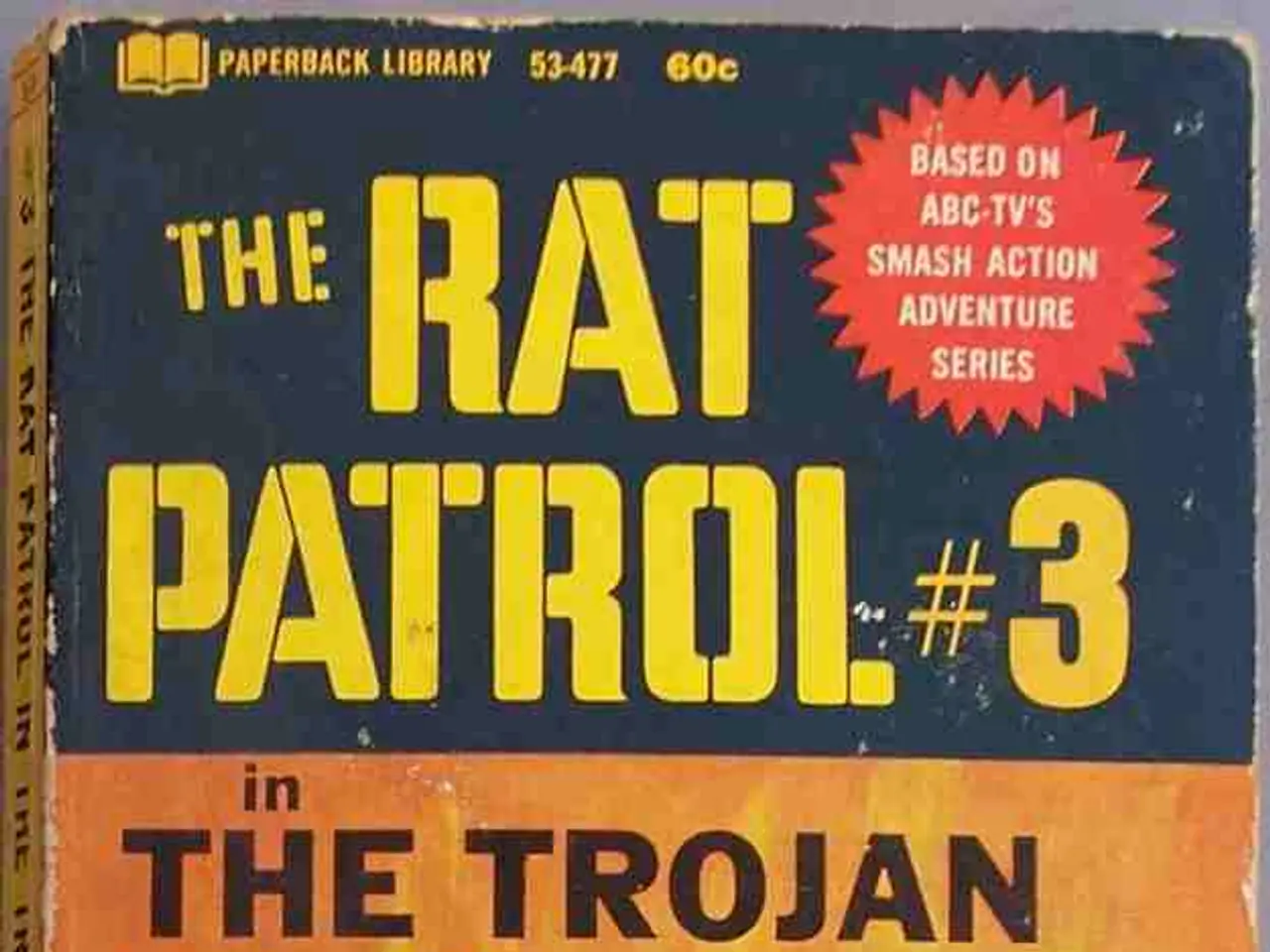Extensive Examination of Fur Elise
Beethoven's iconic piece, "Für Elise," first penned in 1810 and published in 1867, has captivated audiences for centuries with its haunting melody and distinctive character. One of the key factors contributing to its enduring appeal is the strategic use of repetition and structural unity throughout the composition.
While "Für Elise" does not employ ostinato patterns in the same way as some of Beethoven's other works, such as his Symphony No. 7, the use of repetitive thematic material and rhythmic motifs contributes to its distinctive character. The opening thematic material is repeated and varied throughout the piece, providing a sense of continuity and structure.
The piece revolves around the repetition and variation of its main theme, a common feature in many of Beethoven's works. This theme undergoes significant development, transforming and evolving throughout the composition, creating a sense of familiarity while introducing new elements.
Repetition in "Für Elise" also serves to unify the composition. The recurring theme ties together different sections of the piece, ensuring a cohesive musical experience. This structural unity is crucial for maintaining the listener's engagement and understanding of the work's overall narrative or emotional arc.
Moreover, the repetition of certain melodic and structural elements helps to build emotional intensity and tension. By repeating and varying key motifs, Beethoven intensifies the emotional impact of the music, drawing the listener into its haunting and expressive qualities.
The most harmonically intense moment of the piece would be the first half of the C section, with a series of Diminished chords and the distant E♭ chord. The piece begins with a Dominant V, with the right-hand outlining E, D, and B, insisting on the root, E.
"Für Elise" is a five-part Rondo Form of ABACA. The A section is a Ternary A1-A2-A1 of 22 bars, with two repeat marks for A1 and one for A2-A1, giving a total of 44 heard bars. Modulation diatonically to C major occurs in the second Phrase of the Theme, where we are going to cadence.
The Secondary Theme in "Für Elise" (bars 23-38) is a Hybrid Theme, consisting of a Compound Basic Idea (C.B.I.) and a Continuation. The Theme is extended from the expected 8 bars to 16 bars through the use of Evaded Cadences.
The return of B♭ major in bar 73 functions as the Neapolitan II, initiating the cadence in C2. The C section is divided in two, with the second half being a cadenza-like moment that can be removed without altering the Overall Form of the work.
The Abandoned Cadence at the end of the Compound Consequent in C1 calls for a strong Dominant at the next bar, but instead, an Evaded Cadence occurs. C2 resembles the Cadenza of a soloist before the end of a Concerto and extends the section with a distant character.
The resolution of the C2 Section is postponed until bar 82, where it merges with a V, finally resolving in bar 83. After three Evaded Cadences, the composer inserts the V of the original Key, creating a chromatic modulation back to A minor. The triplet semiquavers appear simultaneously with the highest "Für Elise" notes, creating the Rhythmic-Melodic Climax.
The opening of "Für Elise" is the most recognizable part of the piece, since it is heard a total of 16 times in this short, 3-minute-long piece. Composed by L.V. Beethoven in 1810, "Für Elise" continues to captivate audiences with its timeless beauty and the masterful use of repetition and structural unity.
A music enthusiast could decide to take piano lessons, drawing inspiration from Beethoven's composition, "Für Elise." The effectiveness of repetition and structural unity in this piece, as demonstrated by the composer, can create captivating entertainment for music lovers.
